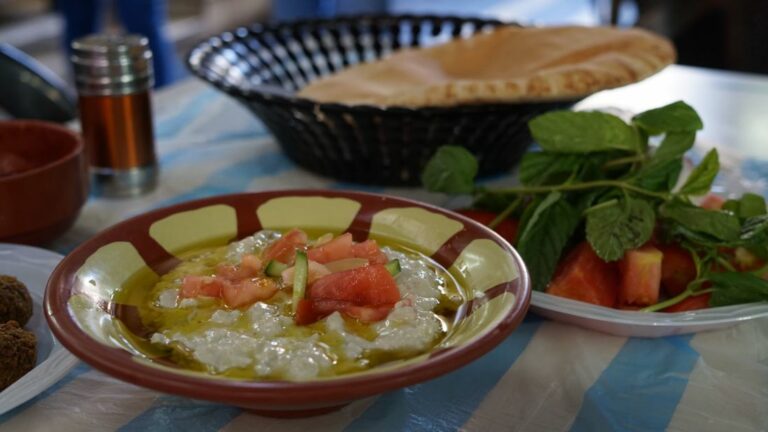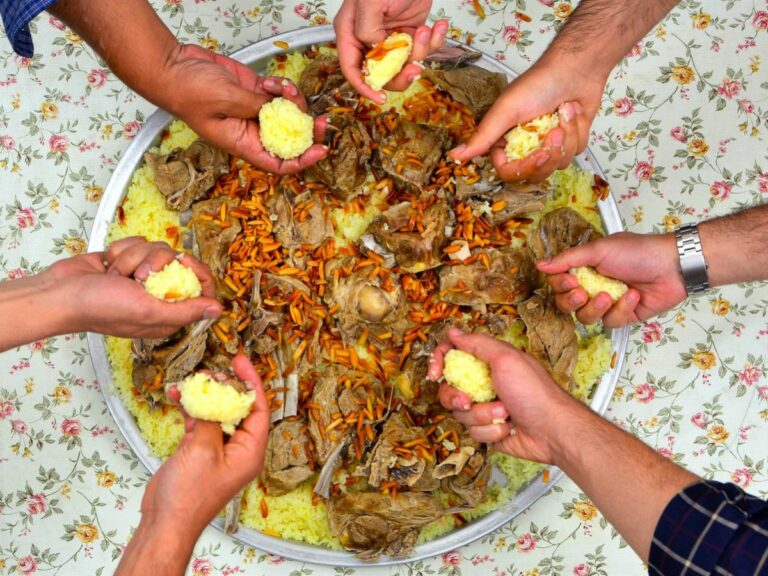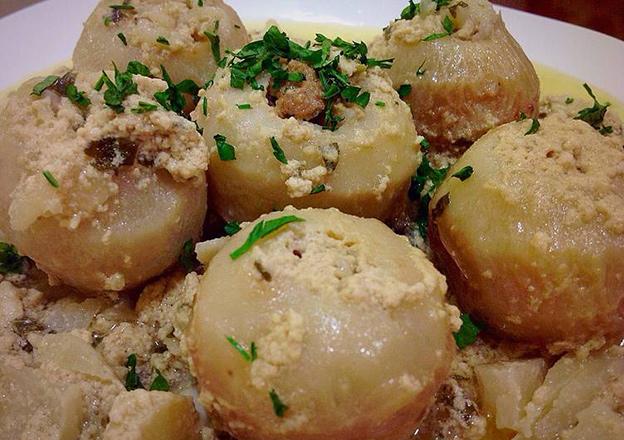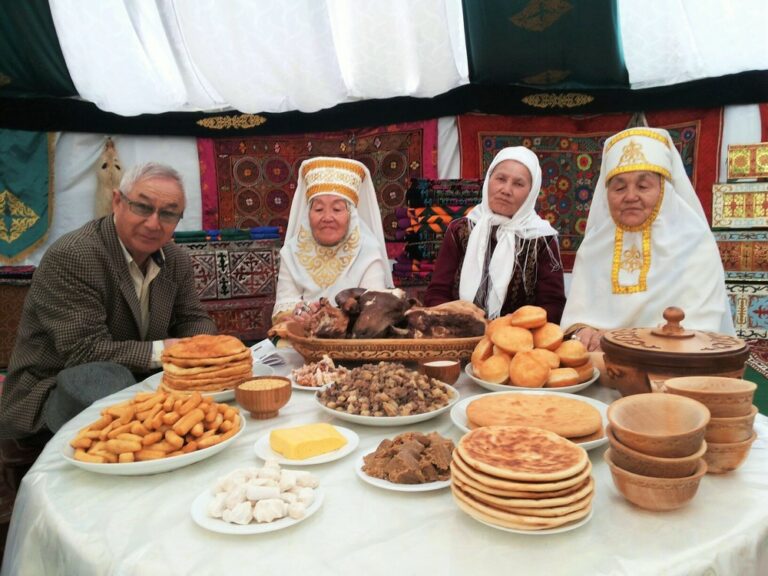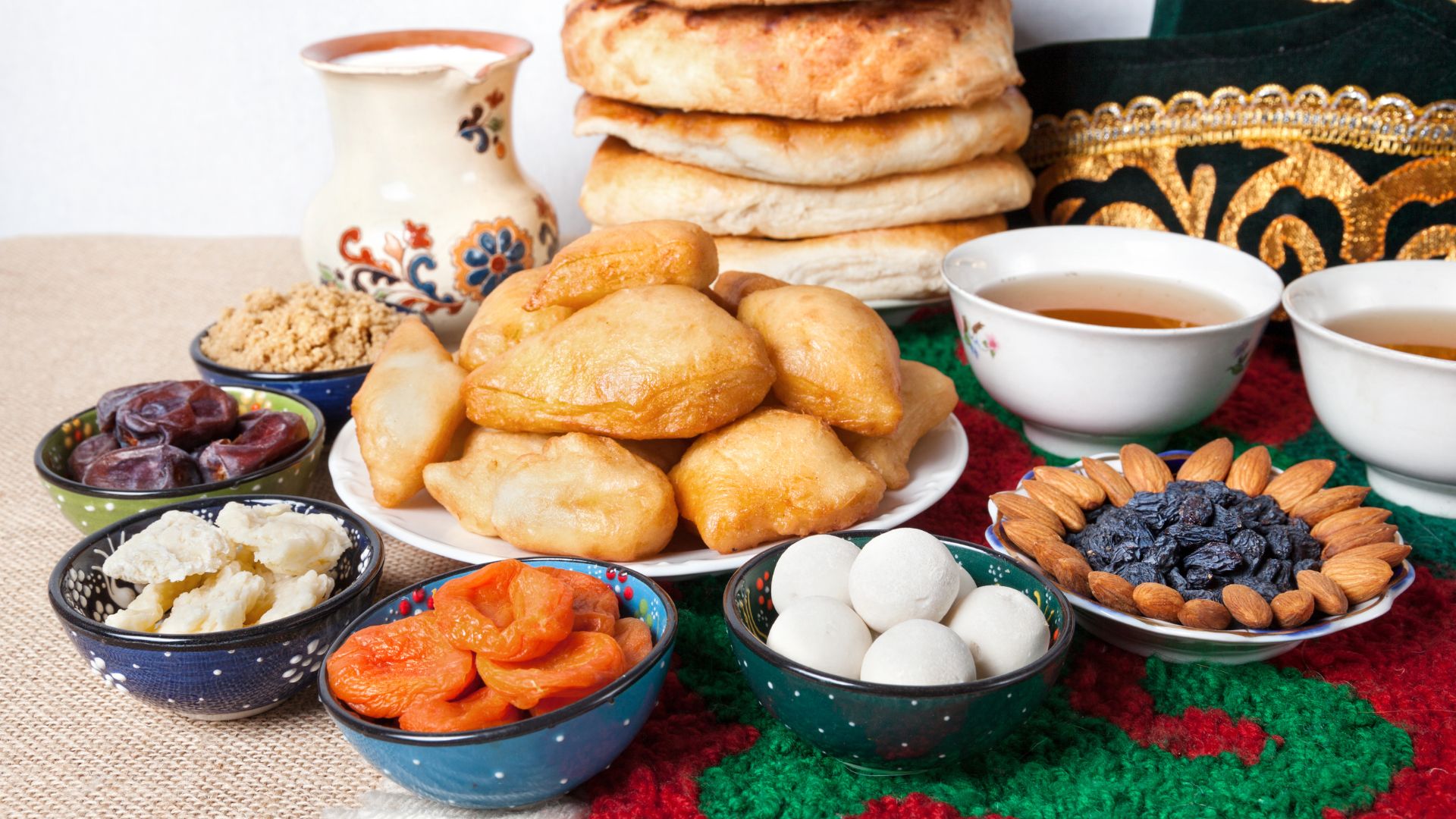Introduction
Jordan is a country that is known for its rich cultural heritage and traditions. The country’s cuisine is a reflection of this heritage, and it has been influenced by many factors, including its agricultural practices. Jordan has a long history of farming, and agricultural practices have played a significant role in shaping the country’s food culture. In this article, we will explore the connection between Jordanian agricultural practices and the country’s cuisine.
Agriculture in Jordan
Jordan is a country that is rich in natural resources, but its land is mostly arid and semi-arid. Despite this, agriculture is still a vital part of the country’s economy. The main crops grown in Jordan include wheat, barley, olives, grapes, and vegetables. Most of the agriculture in Jordan is done using traditional methods, such as dryland farming and terracing. These methods have been used for centuries and are well-adapted to the harsh climate and limited water resources.
Jordanian Cuisine Overview
Jordanian cuisine is a reflection of the country’s diverse cultural heritage. The food is a fusion of Arabic, Mediterranean, and Middle Eastern flavors and is characterized by its use of spices and herbs. The cuisine is also known for its use of fresh ingredients, such as vegetables and fruits, which are grown locally. Jordanian cuisine is also known for its traditional dishes, which have been passed down from generation to generation.
Ingrained Agricultural Influences
Jordanian agricultural practices have had a significant influence on the country’s cuisine. For example, the use of olive oil is widespread in Jordanian cooking, and olives are a staple ingredient in many dishes. The country’s agriculture has also influenced the use of herbs and spices in the cuisine. Jordanian farmers grow many types of herbs, including mint, thyme, and parsley, which are used extensively in cooking. Fruits and vegetables are another essential part of Jordanian cuisine, and they are often used in salads, stews, and other dishes.
Traditional Dishes
Traditional Jordanian dishes are a reflection of the country’s agricultural practices. One example is mansaf, which is the national dish of Jordan. Mansaf is a lamb dish that is cooked slowly with yogurt, rice, and spices. The dish is served on a bed of flatbread and is often garnished with herbs and almonds. Another traditional dish is maklouba, which is a rice dish that is cooked with meat and vegetables. Maklouba is often garnished with fried onion and served with yogurt.
Conclusion: The Connection Between Jordanian Agriculture and Cuisine
In conclusion, Jordanian agriculture has had a significant influence on the country’s cuisine. The use of fresh ingredients, such as olives, herbs, and local fruits and vegetables, is a hallmark of Jordanian cooking. Jordanian farmers have developed traditional farming practices that have allowed them to grow crops in a harsh climate, and these practices have led to the creation of many traditional dishes. Jordanian cuisine is a reflection of the country’s rich cultural heritage and is a testament to the ingenuity and resourcefulness of its people.

